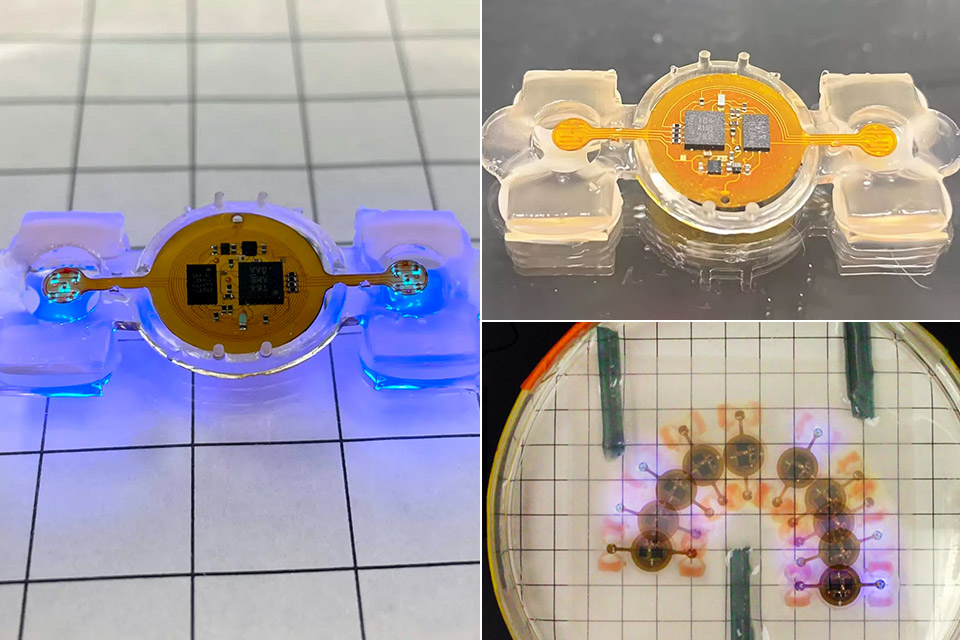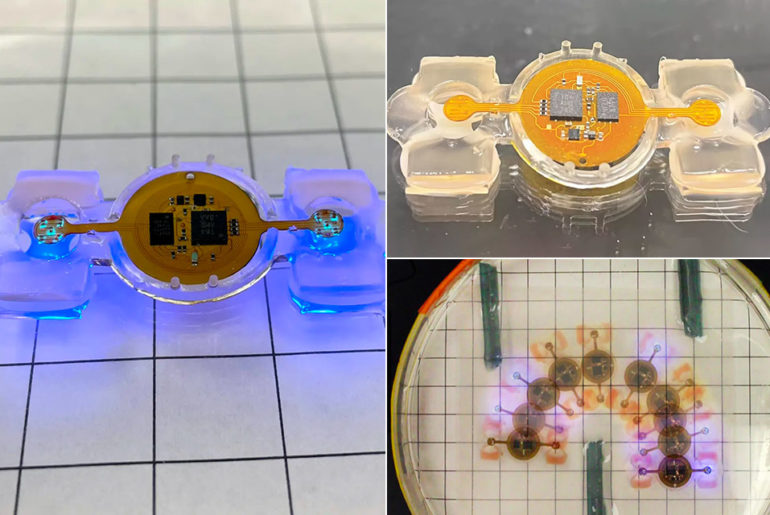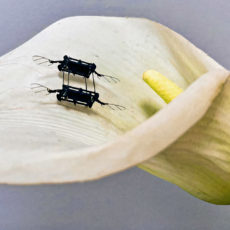
There are robotic arms with realistic artificial muscles, and then this biohybrid robot that uses real mouse muscle tissue and LEDs for real-time control. Technically speaking, it utilizes mouse muscle cells overlaid on soft 3D-printed scaffolds and wireless LED chips for remote control. The light emitted from the LEDs stimulate the mouse tissue, which begins moving the scaffolding.
What enables the biohybrid robot to move is the 3D-printed hydrogel material, as it was engineered to produce spasms that enable the robot to move forward at .83 millimeters per second. An electronics module with a receiver coil takes an externally applied radio signal and uses it to cause the LEDs to pulse. To change directions, the radio signal is modulated to illuminate both LEDs at once or individually.
- 🎁 Ideal Gift for Kids & Teens: This STEM solar robot kit celebrates child’s growing skills and important milestones. Whether for birthdays,...
- 📚 STEM Educational Toy: This solar educational toy brings science to life! The fun DIY building experience sparks children's curiosity in...
- ☀️ Powered by the Sun: Enjoy outdoor play with solar power or switch to a strong artificial light source indoors, such as a flashlight, ensuring...
This work paves the way toward a class of biohybrid machines able to combine biological actuation and sensing with on-board computing,” said the researchers.







